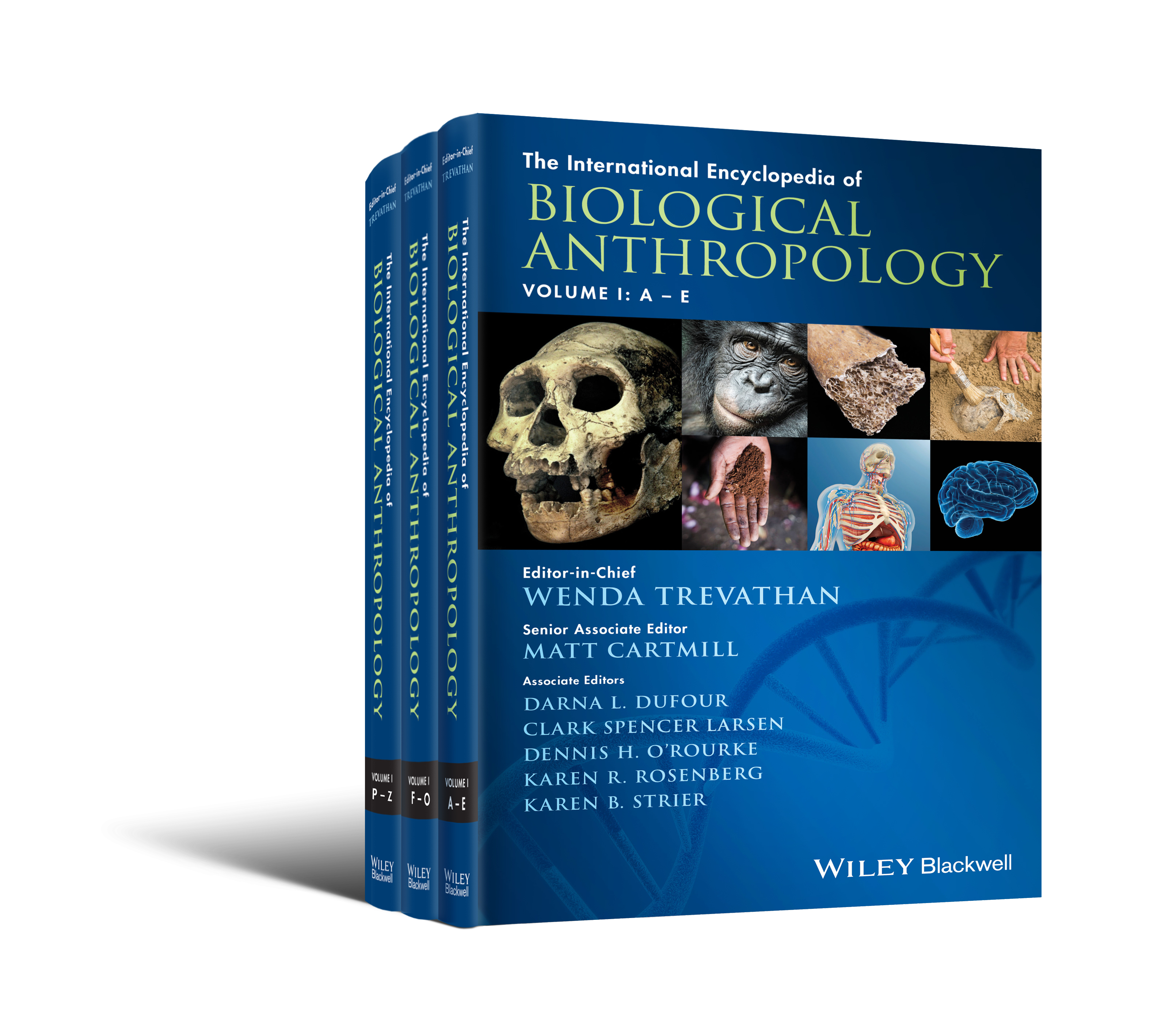Cladogenesis
Abstract
Cladogenesis is branching speciation, in which a parental species gives rise to two or more daughter species. It is responsible for all of the taxonomic diversity among Earth's organisms. Cladogenesis is subdivided based on geography as follows: (1) sympatric speciation, in which the daughter species evolve in the same region as the parental species; (2) parapatric speciation, in which the daughter species evolve in an area contiguous to that of the parental species; and (3) allopatric speciation, in which the daughter species evolve in an area different from that of the parental species. Allopatric speciation is considered the most common mode of speciation, and can be divided into mode I allopatry, in which the daughter species are roughly equivalent in population size to the parental species, or mode II allopatry (peripatric speciation) in which a small peripheral isolate buds off the larger parental population. As cladogenesis is the emergence of species, there is a need to define what a species is, but there is little agreement among biologists on this point. In fact, some biologists have argued that the concept of species has outlived its usefulness.



